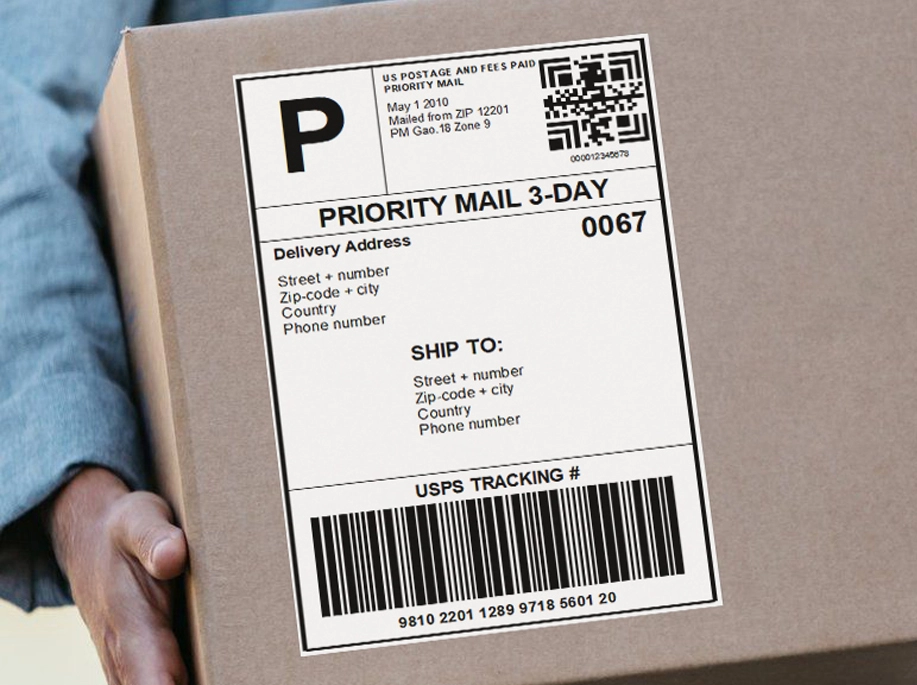
With the growth of the economy, changes in consumer packaging concepts, and technological innovation, the Chinese self-adhesive labels market has experienced tremendous development.
Currently, the self-adhesive labels market in China is growing at an annual rate of 20%, far exceeding the national economic average 7%~9% rate, and also much higher than the average growth rate of self-adhesive labels markets in Europe and the United States, which is around 5%~6%. Although the growth rate is astounding, compared to the mature self-adhesive labels markets in developed countries, China's annual per capita consumption of self adhesive labels is only 0.5~0.6 square meters, compared to the annual per capita consumption of tens of square meters in Europe and America (the United States has an annual per capita consumption of17~18 square meters), indicating that China's self-adhesive label market still has plenty of room for growth and development potential.
The rapid development of the automotive industry in recent years has also driven the growth of related industries. The average annual growth rate of 15% has led to an increase in tire production. Judging from the ratio of cars to tires 1:5, the average annual new demand for tires exceeds 200 millionunits, and the annual export volume is also continuously rising. As Bridgestone, Michelin, Goodyear, Giti Tire, and others continue to expand their business and export volumes in China, the application prospects for self-adhesive labels in the tire market are broad.
Previously, there were three main forms of tire packaging: professional tire labels, high-grade adhesive tape wrapping with ordinary self-adhesive labels, and low-grade woven bag packaging, without self-adhesive labels. Among them, professional tire labels are mainly directly applied to the bare tire surface, with the face material mostly being paper materials with lamination. The adhesive needs to have extremely high fluidity and adhesion, usually being hot melt adhesives, requiring full contact with the tire surface to demonstrate adhesion. Additionally, an aluminum coating layer is often added between the face material and the adhesive to better control the highly fluid adhesive, preventing it from smudging the text information on the face material. With the overall upgrade of the tire market, the use of professional tire labels will become more widespread.
China has surpassed Russia to become the world's second-largest lubricants consumer, with an annual production of lubricants exceeding 4 million tons. With the development of the automotive industry, more foreign brands have entered China, expanding the high-end lubricant market, thus creating a competitive landscape between domestic and foreign brands in the high-end market. Currently, lubricants are available in 4 specifications: 1L, 4L, 20L, 200L. Paper self-adhesive labels are widely used on packaging barrels, with a small number of high-end products using film labels. Some also use in-mold labeling and thermal transfer technology.
From the development trend, due to the large area of oil barrel labels and the relatively poor and rough storage environment of oil barrels, using paper labels tends to produce various issues. Most foreign countries prefer film materials as the first choice. Film labels can better overcome the issue of label warping caused by the lack of flexibility in paper labels.
In China, paper labels will still be widely used due to cost considerations. In-mold labels have unique advantages, such as strong integrity, no warping, wrinkling, or peeling, and they also save the labeling process, making them very suitable for the lubricant industry, which does not require frequent changes in package shape(oil barrel specifications are basically fixed), attracting a lot of interest from lubricant companies and showing considerable development potential in the future.




 English
English  中文
中文  한국어
한국어  français
français  Deutsch
Deutsch  Español
Español  italiano
italiano  русский
русский  português
português  العربية
العربية  Polska
Polska  Indonesia
Indonesia